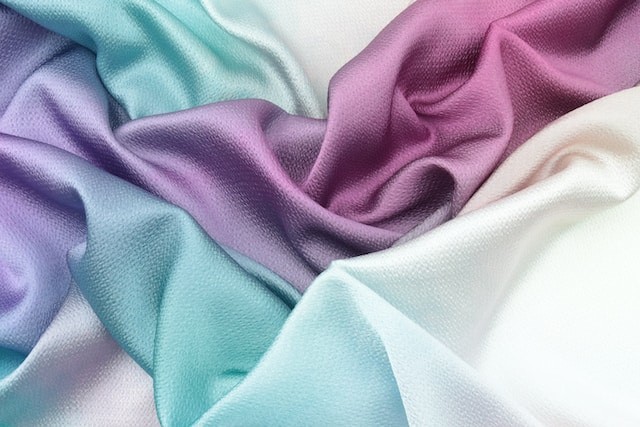
The textile industry is rejoicing in the advantages of the new field favorite, which has caused an upsurge in viscose fabric demands and trends.
Viscose Fabric
One of the most often used basic materials in the textile industry is viscose. Viscose is a fiber made chemically from the natural material cellulose. In the fashion business, viscose-also referred to as "rayon"-is used as a substitute for synthetic silk. Dresses, blouses, or skirts can all be made from viscose, which is a very adaptable fabric.
Fabric made of viscose is renowned for its drape, breathability, and softness. It is frequently used as a replacement for genuine silk or cotton and is also readily colored. When worn, it gives clothing a visible gloss and comfort.
It is crucial to remember that viscose fabric is not as durable as some other textiles and can shrink or lose its shape if improperly cared for. Viscose fabric continues to be a popular choice in the textile business for five reasons, despite some drawbacks.
Semi-synthetic Raw Material
Cellulose, a naturally occurring raw ingredient found in wood, is used to make viscose. It is chemically removed from beech, spruce, eucalyptus, or bamboo wood and then put through a high-pressure press to become a fiber material. Because viscose is not a pure natural fiber like cotton or silk, nor is it a synthetic fiber like polyester, it is referred to as a semi-synthetic raw material.
Versatile and Easy Care
Cellulose fibers can be altered in length, strength, and stability using the viscose process. Viscose is extremely adaptable, making it the ideal fabric for blended materials. This adaptability also makes it much easier to maintain than pure natural fibers, making it easier to wash, rarely requiring ironing, and not rubbing off as quickly.
Moisture Absorption
Viscose offers comparable excellent climatic regulating qualities to natural fibers cotton or wool because it has its foundation in the natural raw material cellulose. It can absorb up to 400% of its own weight in wet, making it a particularly absorbent material. According to Endorfeen, the fabric offers a cooling effect while simultaneously appearing to be dry due to its superior drape. Viscose has a benefit over pure natural fibers in that it dries extremely quickly, making it ideal for travel towels, vegan shoes, and outdoor fabrics.
Skin-Friendly
According to the House of Pillows, no petroleum is involved in the manufacturing process of viscose, and most cellulose is grown without the use of pesticides. This has a favorable impact on the fibers' skin compatibility because pure viscose is great for allergy patients. After all, it contains almost no hazardous elements.
Environment-Friendly
Viscose is created using cellulose, a sustainable basic material. It is present in several types of wood and, even after the viscose process, is still biodegradable.
This suggests that viscose surpasses completely synthetic materials when it comes to environmental performance. Additionally, there are sustainable ways to generate viscose, according to ISPO.
© 2025 NatureWorldNews.com All rights reserved. Do not reproduce without permission.





